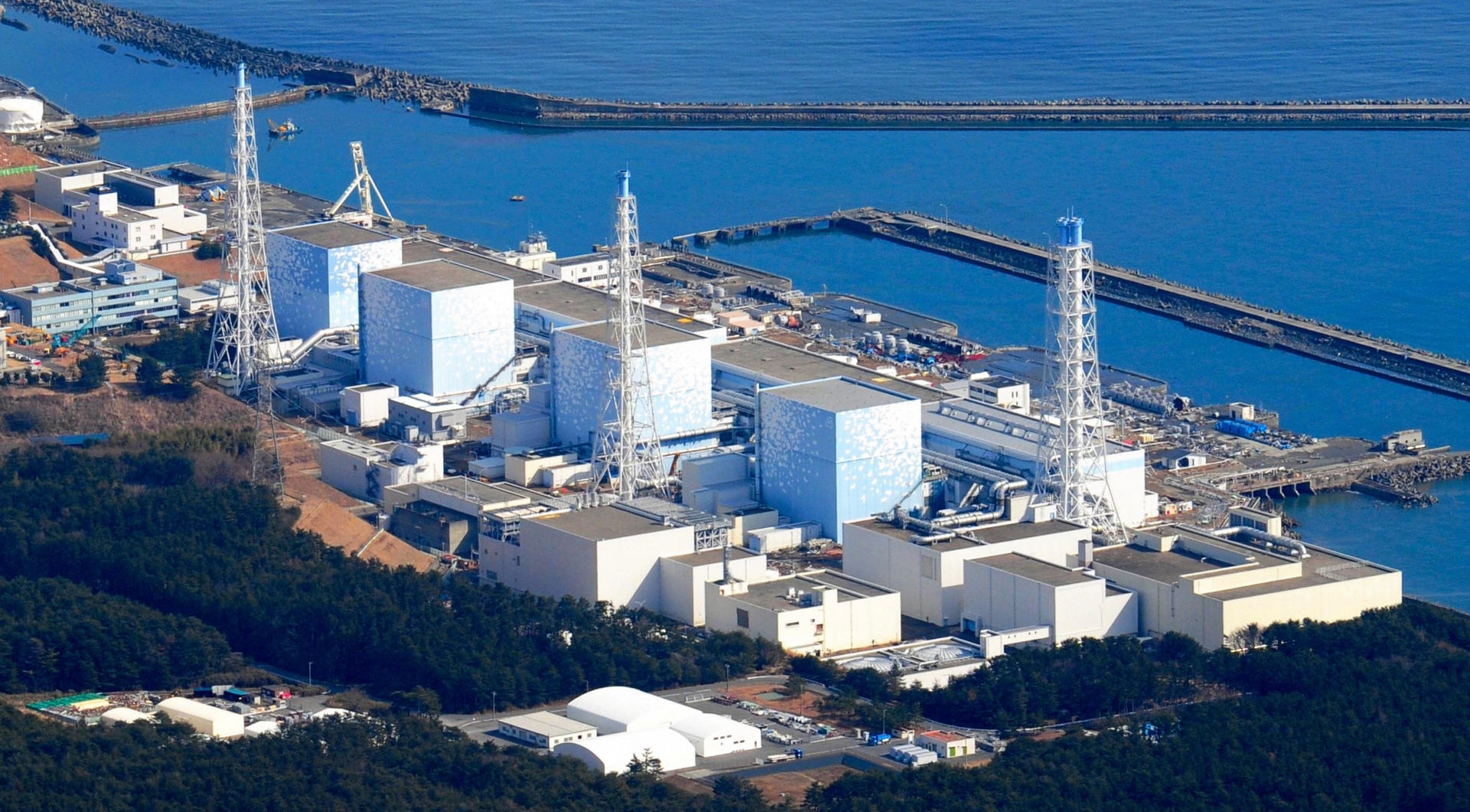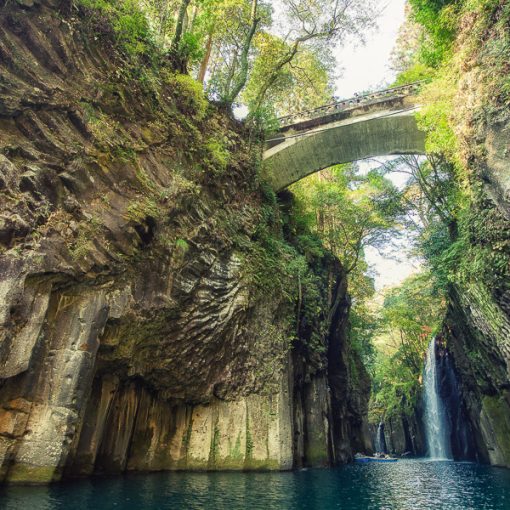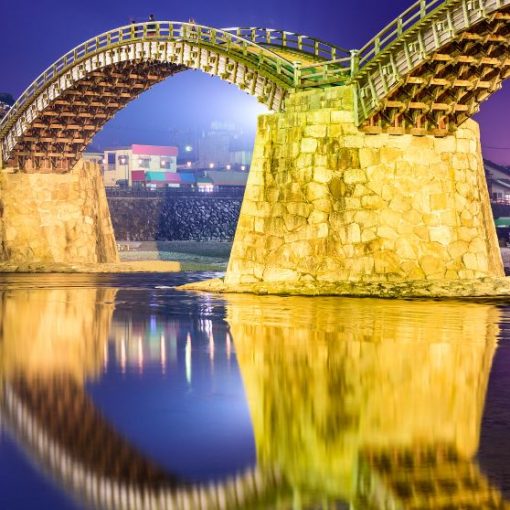The accident at the Japanese nuclear power plant was compared to Chernobyl. But in Chernobyl, all the dirt immediately went into the air, and in Japan, the leak took place over a period of ten years.
After the accident, the Japanese authorities began to resettle the local population from an area 20 km from the crash site. Although a 40 km zone is considered dangerous, it was very expensive to relocate people over such a large area. Therefore, the government simply increased the allowable exposure rate. Now the exclusion zone is 20 km.
Now solar panels stand on the site of the former city. Of the 160,000 who left, only 37,000 chose not to return. Radiation levels have dropped. People who have returned to the city constantly measure the level of radiation in products. According to them, local rice and vegetables are perfectly safe to eat.
Where people do not live, the city has remained in its original state. If the Chernobyl zone was plundered, then in Fukushima a fine of 50 million is threatened for this. So Fukushima looks like a Japanese city without people.
Traffic lights are still working in the city, and street lighting is switched on in the evening. All this has been done to ensure that the 20,000 liquidators continue their work.
You can get into the exclusion zone, but first you have to get official permission from the authorities. To walk through the zone with a tour, you need the help of a guide with a dosimeter. However, from time to time stalkers make their way into the city, but they risk going to jail.
History of Fukushima Nuclear Power Plants
The Jōban coalfield, partly located in Fukushima Prefecture, played an important role in the industrialization of Japan during the Meiji period (1868-1912) as a coal mining site near the Tokyo metropolitan area. During peak production in the late 1950s, a total of 130 coal mines were in operation, and annual production reached 4.3 million tons. However, due to the transition to oil in the 1960s, the mines began to close one after another, and in 1976 the history of coal mining in Fukushima prefecture ended – the last mining enterprise was closed.

Around the time when the coal industry was entering a period of decline, Fukushima began to attract nuclear power plants, which were seen as a source of energy for a new era. On the northern edge of the Jōban coalfield, the Tokyo Electric Power Company (TEPCO) built its Fukushima-1 and Fukushima-2 nuclear power plants – Fukushima continued to play the role of an energy supplier to Tokyo.
The accident at the Fukushima-1 nuclear power plant, caused by the tsunami of the Great East Japan Earthquake in March 2011, led to serious radioactive contamination. This caused a long-term evacuation of local residents and dealt a severe blow to agriculture and fisheries in the region. Ultimately, TEPCO decided to abandon all ten reactors at Fukushima, including Fukushima 2, which it sought to restart, and withdrew its plan to build the Namie-Odaka nuclear power plant.
Tsunami and nuclear power plant
In March 2011, perhaps the most powerful and tragic earthquake occurred in its consequences. Its magnitude was 8.9 (according to other sources – 9.0 and 9.1).
The earthquake was followed by a tsunami – 10 meters high, to northern Hokkaido – six meters, the threat of a tsunami was announced in the prefectures of Iwate and Fukushima.
The death toll from the earthquake and the ensuing tsunami in Japan exceeded 15,000. Almost 46 thousand buildings were completely destroyed, almost 142.3 thousand buildings were damaged. 250 thousand Japanese remained in temporary shelters for a long time.
A hole formed in the concrete foundation of the Japanese nuclear power plant Fukushima-1, from which radioactive water flowed into the sea. The excess of radioactive iodine in the area of the Fukushima-1 nuclear power plant is 3355 above the norm.
Radiation from Fukushima reached the USA, Holland, Iceland and Sweden, Russia and many others.
The airspace at the Fukushima-1 nuclear power plant was declared a no-fly zone.
The “radioactive” problem is still relevant today.




